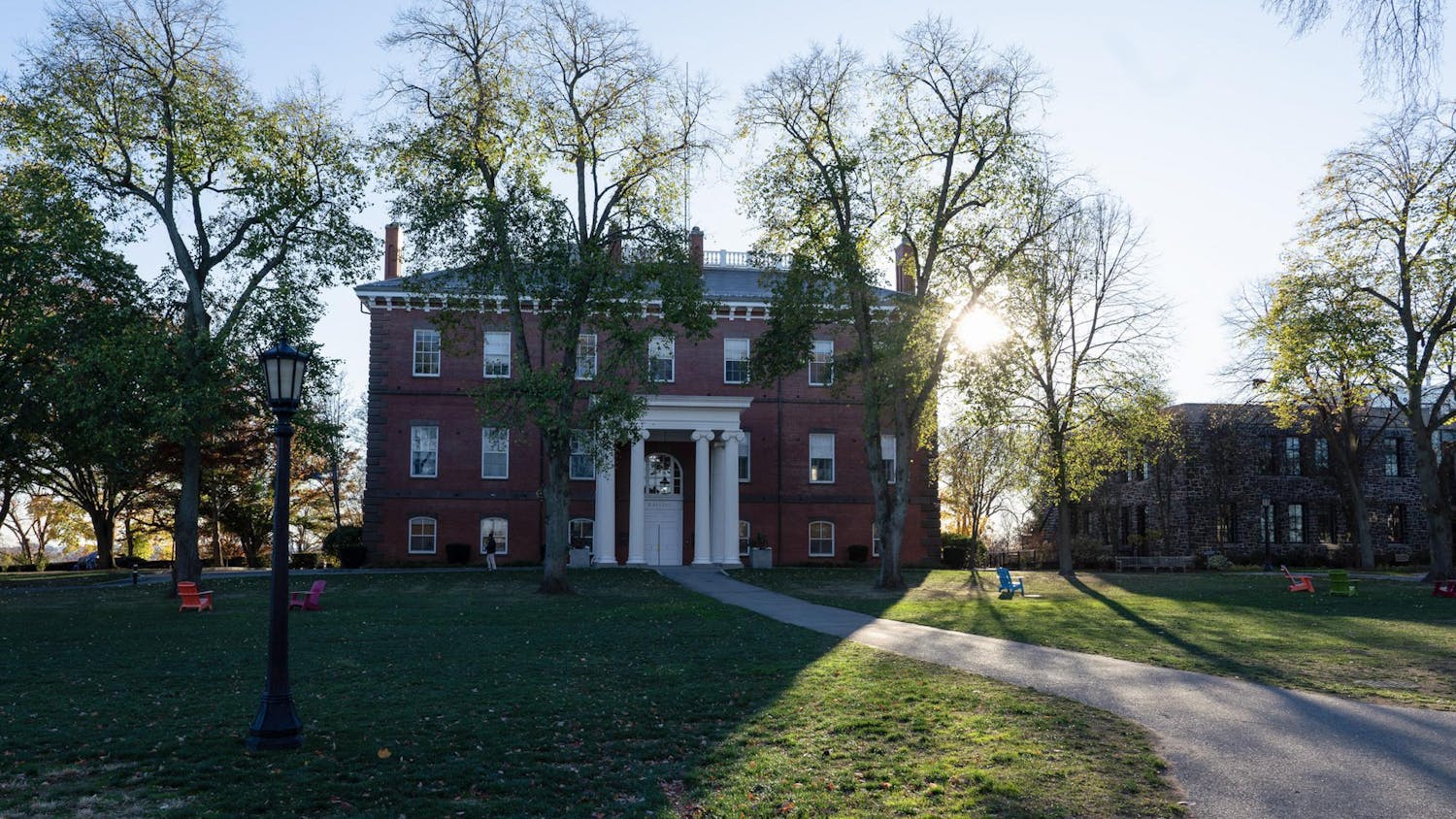Tufts Hillel welcomed students and faculty for a dinner discussion titled Judaism: Religion or Culture? at the Granoff Family Hillel Center Thursday evening.
Neubauer Executive Director Rabbi Jeffrey Summit and Department of Religion Senior Lecturer Elizabeth Lemons began the discussion by presenting their perspectives and then opened the discussion to attendees.
Lemons opened by posing the question, What is religion?
Religion is particularly difficult to define, she said. Many Americans would say religion is ones relationship with God, others might say its a way of living, some would say its an ultimate concern. But if youre obsessed with football, does that make football your religion?
Since definitions serve to put boundaries on words or ideas, religion is particularly hard to define because it exists both inside and outside of boundaries, Lemons explained.
For the devout, religion encompasses every moment in life, so then religion has endless boundaries, she said.
To transition from the religious aspects of Judaism to a discussion of its cultural aspects, Lemons framed culture as a societys behavior, arts and institutions.
Culture is about behavior, arts and institutions, all those things that are involved in religion, she said.
Lemons then examined the interrelatedness between religion and culture in Judaism by sharing statistics from the Pew Research Center on Jewish-American identification. Sixty-eight percent of millennial American Jews identify by religious affiliation, while 32 percent identify as Jewish purely on the basis of ancestry and culture.
Its different with other religions, Lemons said. You dont identify as Catholic if not by religion. People say, Im Irish-American, but not, Im Catholic-American or Protestant-American. They separate culture identity from religious identity.
Lemons suggested that while interrelatedness of religion and culture may be less apparent in other cultures, it is not unique to Judaism. She argued that Protestant roots might explain dominance and subordinance in American culture.
I think we have a responsibility to understanding religions less conscious forms, too, Lemons said.
Summit then explained that an examination of Judaisms cultural and religious roles is increasingly relevant as people have an increased opportunity to choose how to express their Judaism.
We live in a time where people can either assert or not assert their Judaism, he said. Before the enlightenment you didnt have this freedom ... you had to be registered with your religious body to be part of society.
Summit examined a Hebrew prayer sung to four different tunes in four different cultures to demonstrate Judaisms role as both a religion and a culture.
Commenting on the Ugandan version of the song, Summit said, In Luganda [a major language in Uganda], every word ends in a vowel so words ending in consonants sound very harsh so they changed them.
Turning the conversation over to the audience, Summit then asked students to share their opinions on what these adaptations symbolize and if Judaism should be considered a religion, a culture or both.
Responding to the theme of the night during the open discussion portion of the event, one student commented, Judaism is not just a culture or a religion, but should be thought of as a civilization. Maybe its easier to understand [Judaisms implications] if we stop looking at it as a binary. Its a land, a language, a people, a religion and a culture.





